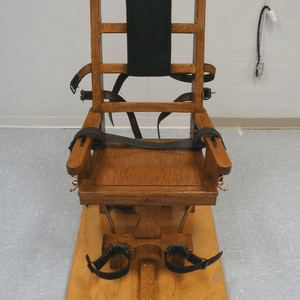
The most recent issue of The Angolite, a magazine written and published by prisoners at Louisiana State Penitentiary in Angola, which houses the state’s death row, contains a number of articles relevant to the death penalty. The first, “Shifting Values,” discusses the declining use of the death penalty through an examination of developments in 2013. A second article, “Death House Cat & Mouse,” reports on Louisiana’s complicated struggle to obtain lethal injection drugs for executions. Another lengthy article, “First, Do No Harm,” discusses the history of medical experimentation on prisoners throughout the U.S. While not focused on the death penalty, the article is relevant to the current use of untried drugs and combinations of drugs in lethal injections around the country.
In February, 2013, Louisiana announced that it was changing its execution protocol from three drugs to one drug, only ten days before it was set to execute Christopher Sepulvado. Sepulvado’s execution was rescheduled for February 5, 2014. Once again, just a few days before the scheduled execution, the state changed its protocol, this time saying it would use a two-drug protocol of midazolam and hydromorphone. Sepulvado’s execution was stayed while courts review the new protocol.
The article on experimentation in prisons by John Corley includes examinations of a drug study in which 400 prisoners were infected with malaria, an experiment in Philadelphia that exposed inmates to the highly toxic chemical dioxin to see if they developed cancer, and numerous studies of experimental vaccines and medications. In some cases, inmates were offered reduced sentences or special privileges in exchange for participating, but many went uncompensated.
(The Angolite, Vol. 39, No. 1, January/February 2014; DPIC posted June 17, 2014). See Lethal Injection and Studies. If you are interested in subscribing to The Angolite, fill out an mail this form.
Lethal Injection
Feb 29, 2024




